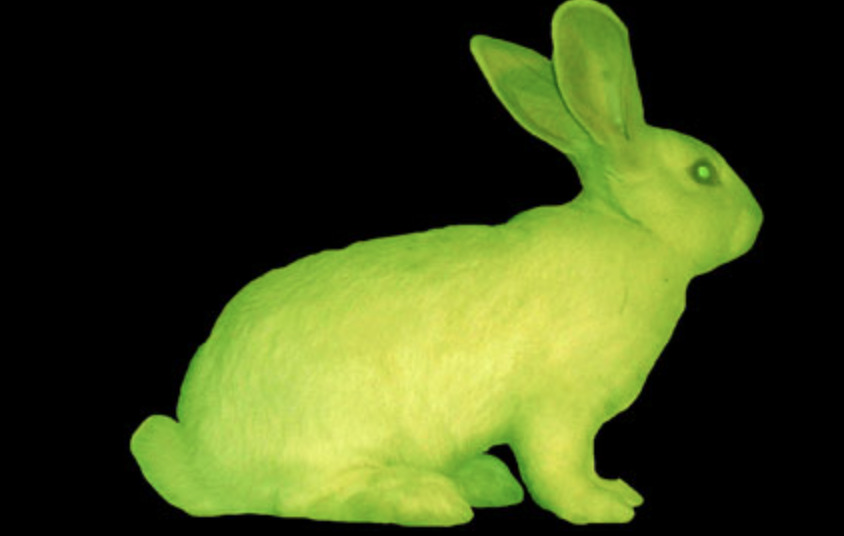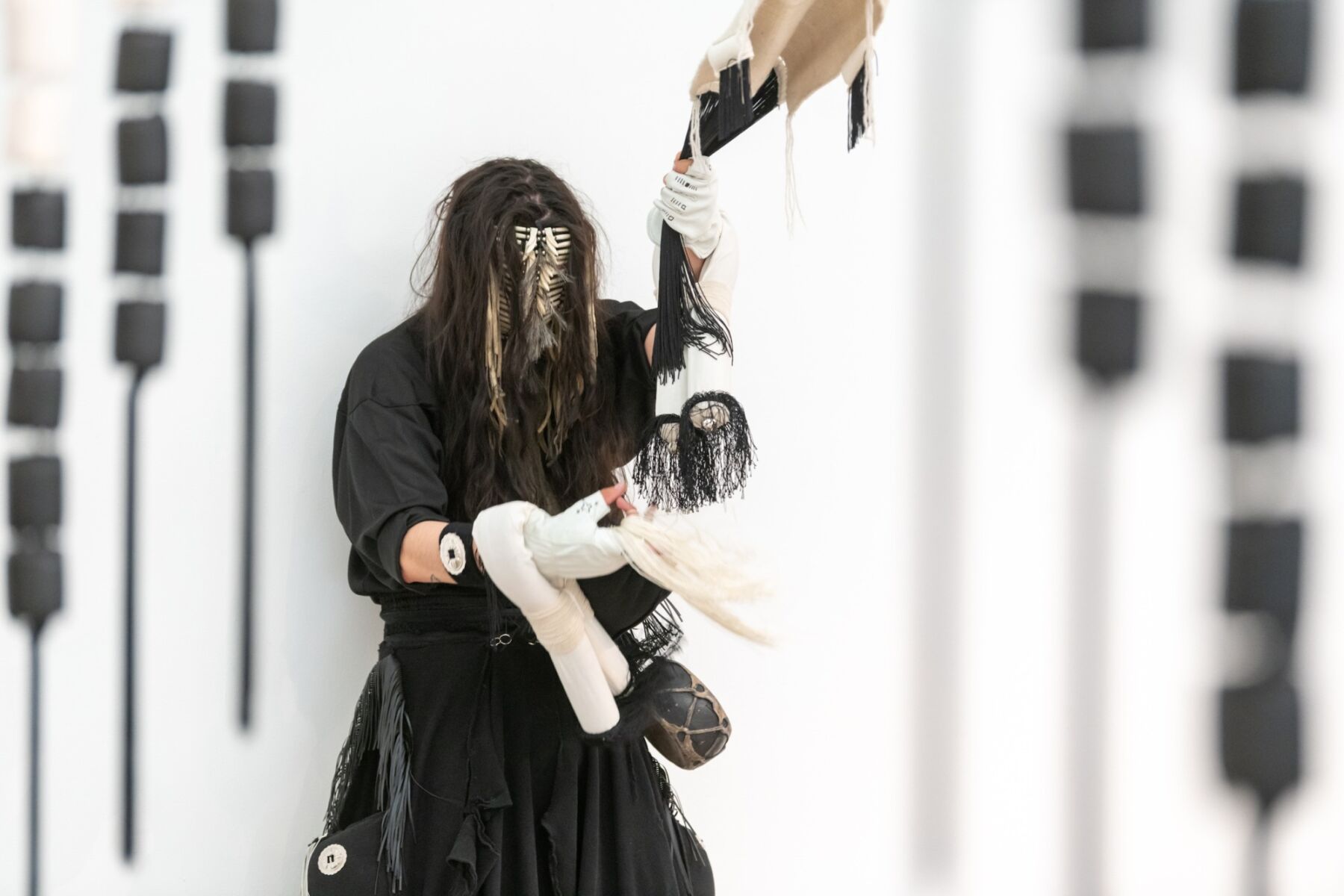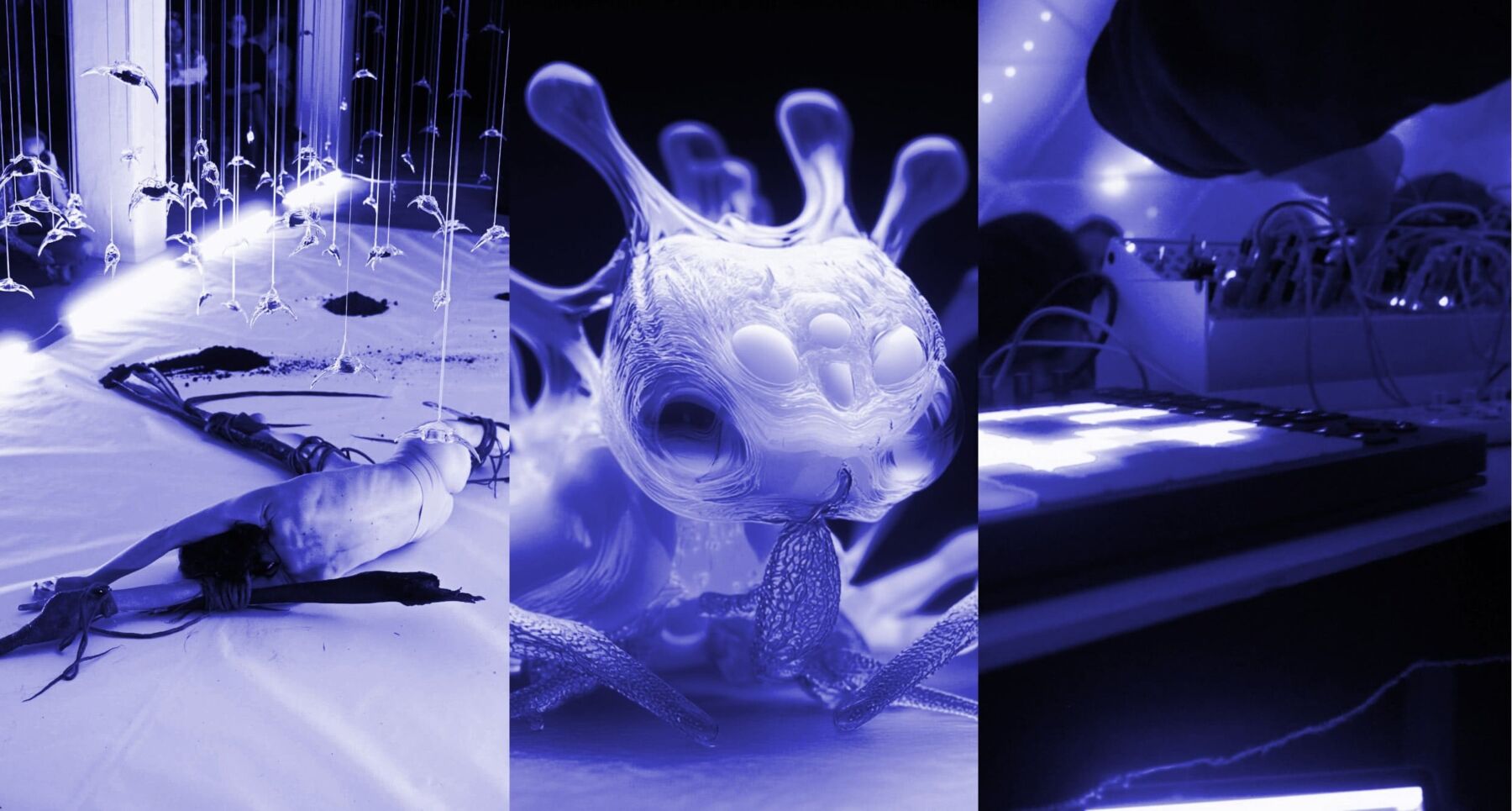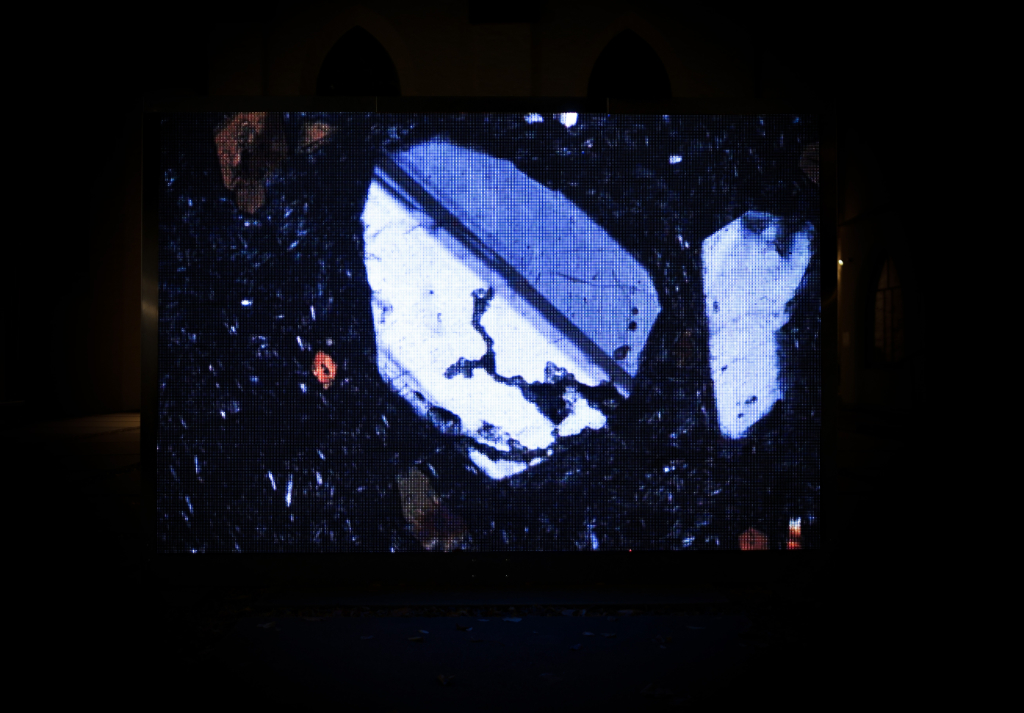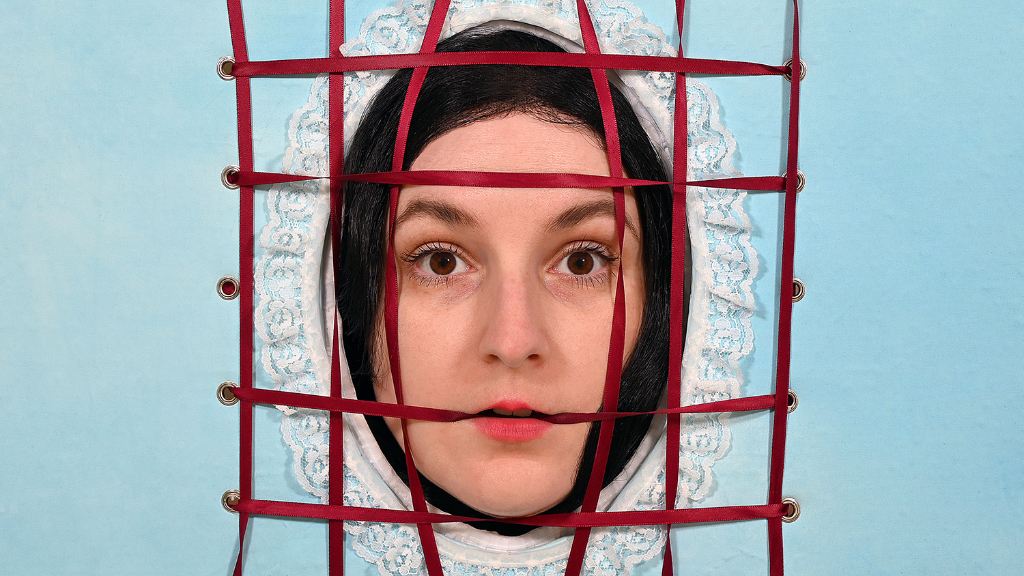Text by Begonya Enguix
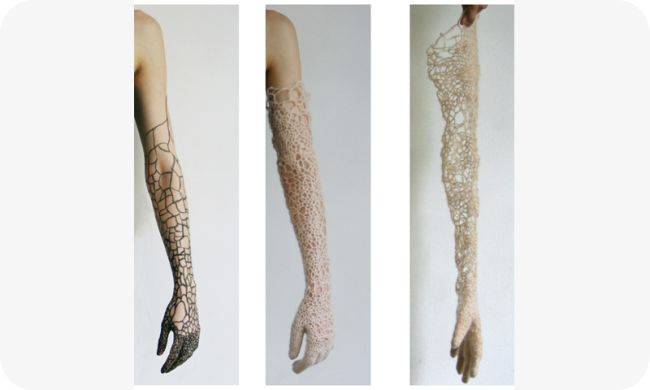
The human body is not only the material that sustains our existence: the body is not only an object but also a subject. Our bodies are subjects of action and relations, and personal, social, vindicative and artistic discourses are inscribed in our bodies. The body-as object and subject- have always been linked to artistic discourse. As a mirror, a reference, a re-presented re-presentation, as matter.
The body has been a main element for performative artistic experimentation. Therefore, the use of bodies, bodily mediation and body centrality is not new in art. However, the intersection of art, science and technology, known as Bioart can add a new dimension to thinking and using bodies in/through art.
Many artists consider that Bioart includes all those practices that are conceptually involved with biotechnologies. On the other hand, another sector is led by Eduardo Kac, who argues that the term bioart should only apply to practices whose unifying principle is biotechnology (ies).
Kac considers it appropriate to distinguish between artists working with biotechnology (ies) as a central theme and those working with biotechnology as a medium and concept, conceiving the latter as bioartists and noting that Bioart is an art in vivo. Bioart works about life with life as a medium and artistic material (Martinez Valero, 2013: 11).

What can Bioart bring to the long-lasting relationship between bodies, art and feminism? Could trans practices (transsex, transgender) be considered examples of Bioart? Trans practices bring together science and technology but also art, as they are intersected by a deep aesthetic feeling. Maybe trans practices can not be considered Bioart, relying on a marked (and illusory) divide between those who can do art (artists?) and those who can’t.
Bioart, and the experimentation it implies, can involve the body of artists. Consequently, I think it offers a possibility to rethink and restate the limits of the human body in relation to the artistic, in relation to gendered practices and the social system of legitimation of what we think to be art.

